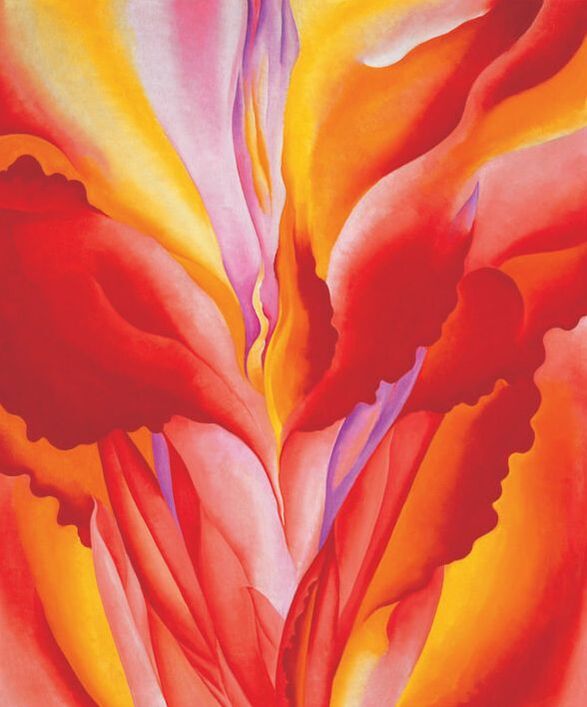Women Take The Floor
Women Take The Floor is a recital curated, produced and performed by Stephanie Lamprea. It takes its name after Women Take The Floor, an art exhibition at the Museum of Fine Arts, Boston, which highlights works of 20th century female artists. This recital features music by 20th/21st century female composers and words by 20th century female writers. PROGRAM NOTES BELOW.
Wednesday, December 11th, 2019 - 7:00PM - Sound Bites Series - Museum of Fine Arts, Boston
Women Take The Floor is a recital curated, produced and performed by Stephanie Lamprea. It takes its name after Women Take The Floor, an art exhibition at the Museum of Fine Arts, Boston, which highlights works of 20th century female artists. This recital features music by 20th/21st century female composers and words by 20th century female writers. PROGRAM NOTES BELOW.
Wednesday, December 11th, 2019 - 7:00PM - Sound Bites Series - Museum of Fine Arts, Boston

